
5 Reasons to Start Conquering Calisthenics
5 Reasons to Start Conquering Calisthenics
Close gallery popup button 1 OF 61 of 6
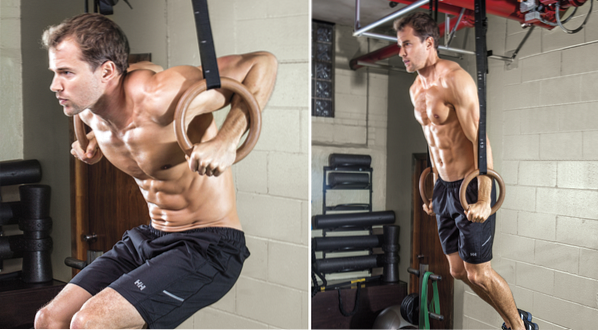
Give Yourself a Lift
The word “calisthenics” might sound antiquated or conjure up thoughts of headband-wearing geriatrics knocking out toe touches or squat thrusts to some youngins, but calisthenics and other bodyweight exercises have proved their worth for centuries.SEE ALSO: The 28-Day 'At Home' Circuit ProgramFrom the Spartan army to the Navy SEALs, elite fighting forces have relied on humble moves like the pushup, lunge, and chinup as vital training tools. In recent years, the popularity of gravity-defying street athletes such as Frank Medrano or Hannibal for King has caused interest in calisthenics and other bodyweight-inspired training to spike.See how you can benefit from this training style and use it to build muscle.
2 of 6
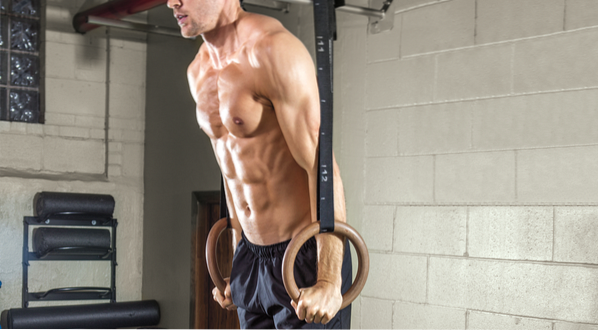
No. 5: Burn More Calories
There's nothing wrong with seated preacher curls or leg extensions, but neither require a huge amount of energy or encourage the muscles and joints to work cohesively. In contrast, a ring or bar muscle-up, hanging leg raise, or handstand shoulder press each require all the muscles in the body to work together. That takes more energy and causes you to burn more fuel during and after workouts. This isn't to say you should bid farewell to isolation exercises, but to quote research in the Handbook of Sports Medicine and Science: Gymnastics: “An increase in skill difficulty corresponds to the demand for higher mechanical energy.” Bodyweight training is great for getting lean.
3 of 6
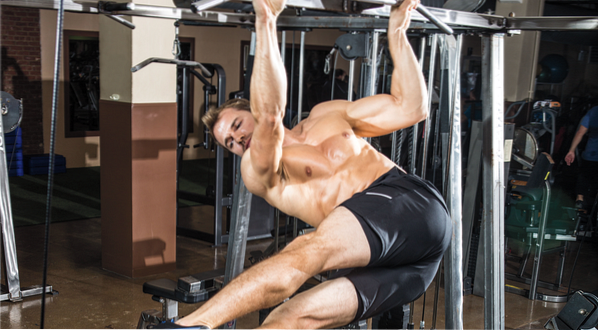
No. 4: Get a Stronger Core
Decent core strength is required to perform just about any bodyweight exercise. You can probably do a heavy leg press with a relaxed core, but a single-leg pistol squat? Not a chance. So you can imagine how much stronger your abs and lower back will get with a regimen of calisthenics. The Journal of Strength and Conditioning Research detailed how researchers measured the effectiveness of unstable and unilateral exercises to activate the trunk muscles.Using electromyography technology, researchers tested the activity of the upper lumbar, lumbosacral erector spinae, and lower abdominal muscles. They found that “the most effective means for trunk strengthening should involve back or abdominal exercises with unstable bases.” Unilateral resistance exercises (such as lunges, one-arm pushups) were also found to effectively strengthen the trunk.
4 of 6
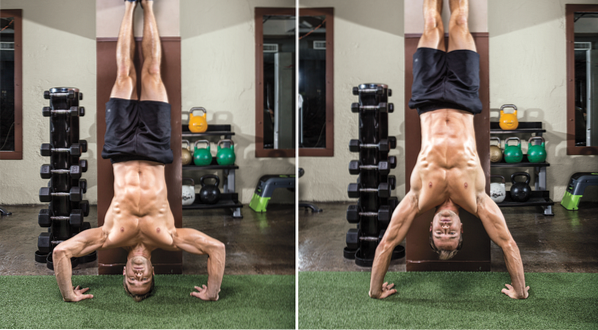
No. 3: Build Muscle, Fast
Researchers at the University of Gothenburg discovered how effective calisthenic training was after analyzing what type of rep range, volume, and intensity builds the most muscle. They concluded that lifting a moderately heavy weight-approximately 60-75% of your one-rep max-and working to failure produced the best results for pure muscle growth.Nearly all bodyweight training falls into that category-submaximal efforts repeated for moderate to high reps. And look at some of bodyweight training's most outstanding proponents: Despite training for functionality, gymnasts boast arguably the most aesthetically pleasing physiques on the planet (with levels of muscle not far behind that of bodybuilders), and YouTube sensation Kali Muscle can perform 14 muscle-ups while weighing 255 pounds.
5 of 6
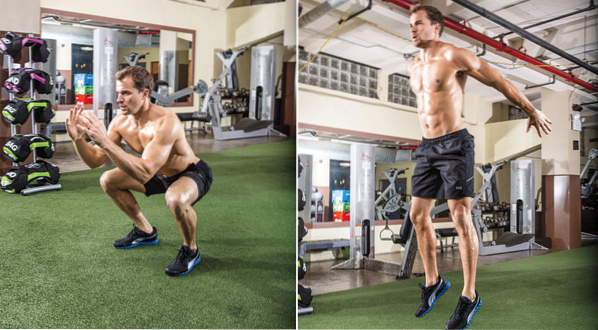
No. 2: Different Training Stimuli
Renowned Soviet athletics coach Yuri Verkhoshansky-considered by many to be the greatest strength and conditioning coach ever- encouraged the use of the table below (“Where Volume Meets Intensity”) to indicate the best load and rep range for achieving a particular training goal. It was designed with Olympic weightlifters in mind, but the principles apply to any kind of resistance training.For calisthenics, choose exercises based on the repetitions you need to perform and the level of difficulty (load, on the table) that's appropriate for your goal.For instance, ring dips are an advanced movement, so you may not be able to get more than five reps. Therefore, they're a strength/power exercise and should be done first in a workout, when you're fresh. Pushups are easier, and you may be able to do 25 at a clip. In that case you'd choose them to focus on endurance gains. Customize your training.
6 of 6
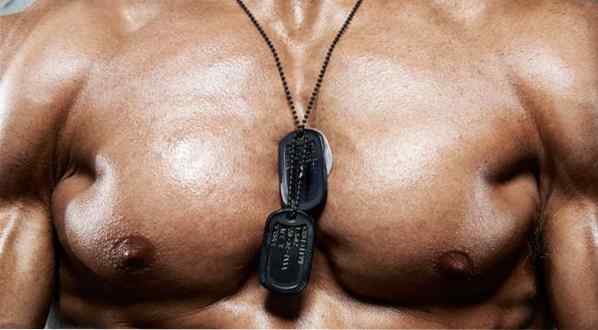
No. 1: The 'SEAL' of Approval
The Navy SEAL Physical Fitness Guide devotes an entire chapter to calisthenics, saying it is a “traditional and integral part of the SEAL's training program.”Take a page out of our heroic troops' book and experiment with wearing a weighted pack, exercising only one side of the body, elevating the legs during pushups, and doing supersets.
Back to introGive Yourself a Lift
The word “calisthenics” might sound antiquated or conjure up thoughts of headband-wearing geriatrics knocking out toe touches or squat thrusts to some youngins, but calisthenics and other bodyweight exercises have proved their worth for centuries.
SEE ALSO: The 28-Day 'At Home' Circuit Program
From the Spartan army to the Navy SEALs, elite fighting forces have relied on humble moves like the pushup, lunge, and chinup as vital training tools. In recent years, the popularity of gravity-defying street athletes such as Frank Medrano or Hannibal for King has caused interest in calisthenics and other bodyweight-inspired training to spike.
See how you can benefit from this training style and use it to build muscle.
No. 5: Burn More Calories
There's nothing wrong with seated preacher curls or leg extensions, but neither require a huge amount of energy or encourage the muscles and joints to work cohesively. In contrast, a ring or bar muscle-up, hanging leg raise, or handstand shoulder press each require all the muscles in the body to work together. That takes more energy and causes you to burn more fuel during and after workouts. This isn't to say you should bid farewell to isolation exercises, but to quote research in the Handbook of Sports Medicine and Science: Gymnastics: “An increase in skill difficulty corresponds to the demand for higher mechanical energy.” Bodyweight training is great for getting lean.
No. 4: Get a Stronger Core
Decent core strength is required to perform just about any bodyweight exercise. You can probably do a heavy leg press with a relaxed core, but a single-leg pistol squat? Not a chance. So you can imagine how much stronger your abs and lower back will get with a regimen of calisthenics. The Journal of Strength and Conditioning Research detailed how researchers measured the effectiveness of unstable and unilateral exercises to activate the trunk muscles.
Using electromyography technology, researchers tested the activity of the upper lumbar, lumbosacral erector spinae, and lower abdominal muscles. They found that “the most effective means for trunk strengthening should involve back or abdominal exercises with unstable bases.” Unilateral resistance exercises (such as lunges, one-arm pushups) were also found to effectively strengthen the trunk.
No. 3: Build Muscle, Fast
Researchers at the University of Gothenburg discovered how effective calisthenic training was after analyzing what type of rep range, volume, and intensity builds the most muscle. They concluded that lifting a moderately heavy weight-approximately 60-75% of your one-rep max-and working to failure produced the best results for pure muscle growth.
Nearly all bodyweight training falls into that category-submaximal efforts repeated for moderate to high reps. And look at some of bodyweight training's most outstanding proponents: Despite training for functionality, gymnasts boast arguably the most aesthetically pleasing physiques on the planet (with levels of muscle not far behind that of bodybuilders), and YouTube sensation Kali Muscle can perform 14 muscle-ups while weighing 255 pounds.
No. 2: Different Training Stimuli
Renowned Soviet athletics coach Yuri Verkhoshansky-considered by many to be the greatest strength and conditioning coach ever- encouraged the use of the table below (“Where Volume Meets Intensity”) to indicate the best load and rep range for achieving a particular training goal. It was designed with Olympic weightlifters in mind, but the principles apply to any kind of resistance training.
For calisthenics, choose exercises based on the repetitions you need to perform and the level of difficulty (load, on the table) that's appropriate for your goal.
For instance, ring dips are an advanced movement, so you may not be able to get more than five reps. Therefore, they're a strength/power exercise and should be done first in a workout, when you're fresh. Pushups are easier, and you may be able to do 25 at a clip. In that case you'd choose them to focus on endurance gains. Customize your training.
No. 1: The 'SEAL' of Approval
The Navy SEAL Physical Fitness Guide devotes an entire chapter to calisthenics, saying it is a “traditional and integral part of the SEAL's training program.”
Take a page out of our heroic troops' book and experiment with wearing a weighted pack, exercising only one side of the body, elevating the legs during pushups, and doing supersets.



Nimeni nu a comentat acest articol încă.